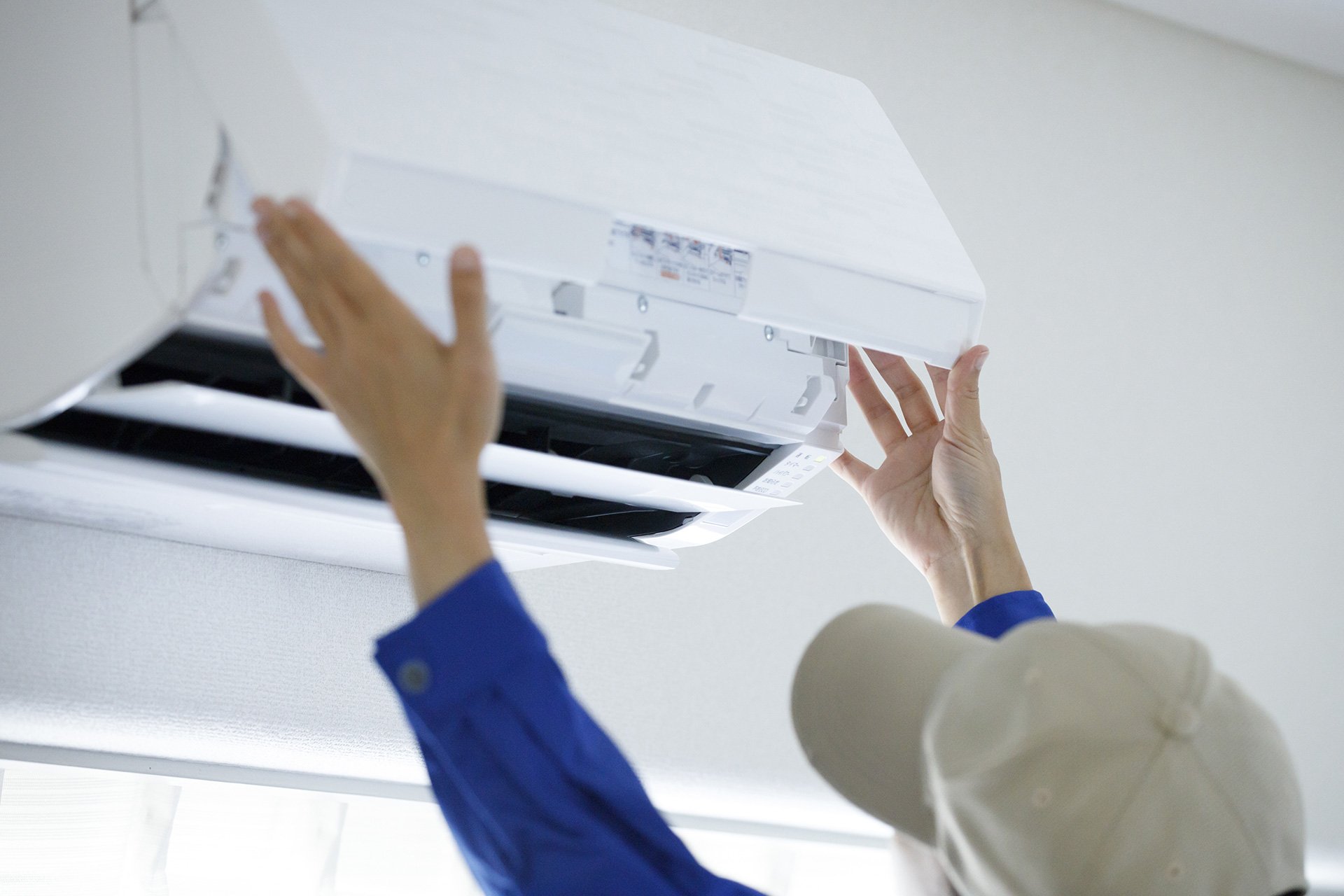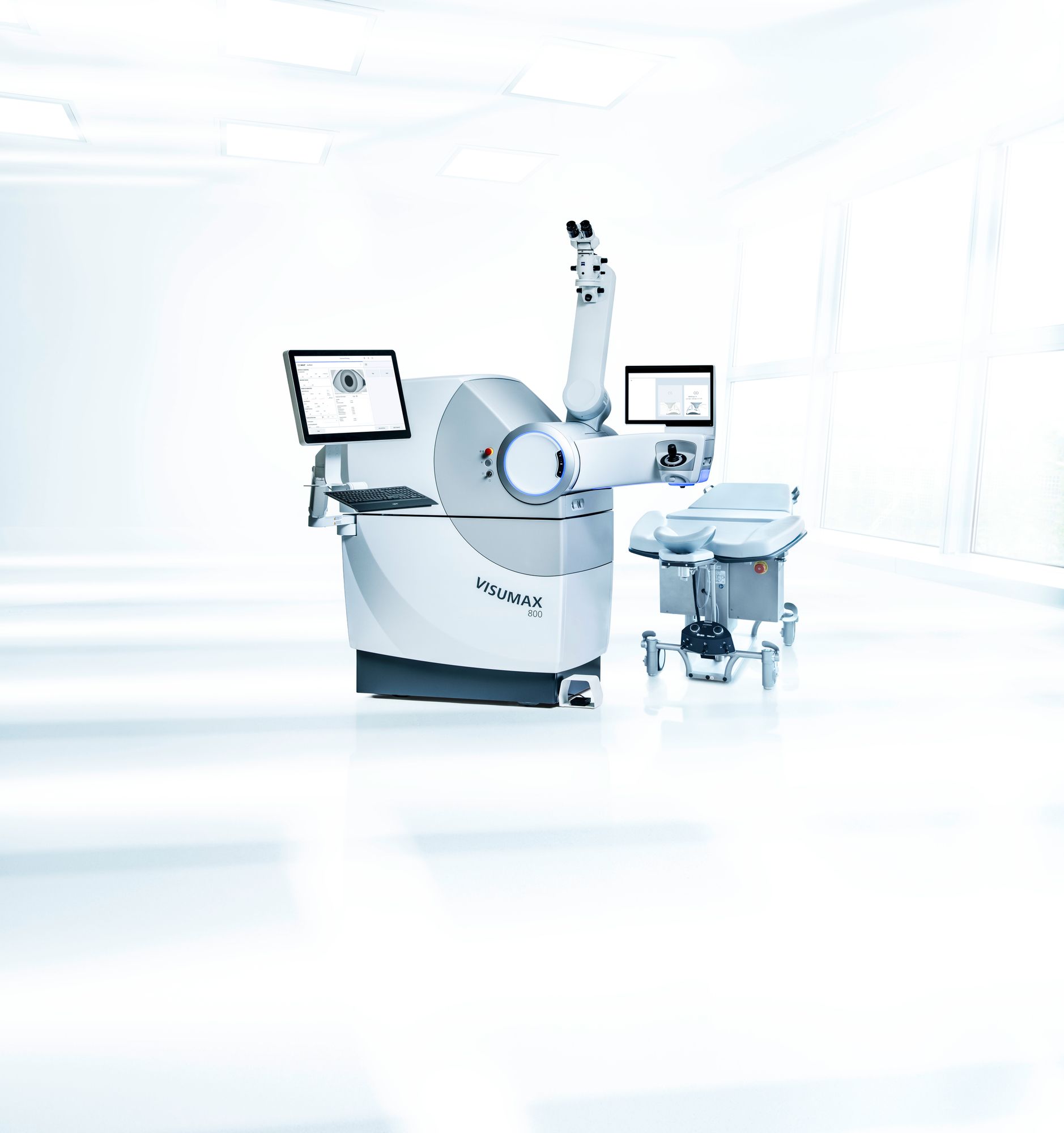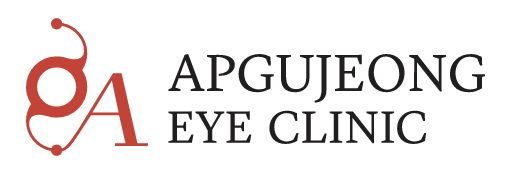ICL Halos & Night Vision
What are Halos, Glare & Night-Vision Issues After ICL?
After ICL surgery, some patients notice visual phenomena such as:
- Halos: rings of light around bright sources (e.g., car headlights at night)
- Glare / starbursts: bright streaks, flares or shimmering around lights in low-light or dark settings
- Reduced contrast or clarity at night: what seemed fine in daylight may feel more challenging in dim lighting
These effects occur because the way light is processed by the eye changes after the lens implant. Even though ICL leaves the cornea mostly intact (unlike LASIK/SMILE which reshape the cornea), the presence of an implant changes light transmission slightly. For example:
- Modern ICL models often include a central hole (port) to allow fluid flow inside the eye; this can sometimes cause minor light scattering.
- Pupil size in dark conditions may exceed the optical zone of the lens or the edge of the implant, which can allow stray light or edge-effects into vision.
- Post-operative healing, vault/position of the lens, minor misalignment, or tiny refractive error can magnify these disturbances.
How Common Are These Night-Vision Side Effects?
Research shows:
- In a study of the V4c-ICL (with central hole) on myopic patients: 54.8% of eyes reported halos in the early post-op period.
- In a meta-analysis of phakic IOL (including ICL) complications, night-vision symptoms (glare/halo/starburst) were reported in ~58% of patients early on; the incidence dropped over time: ~39% at 1 month, ~24% at 6 months, ~15% at 12 months.
- Some clinics say that though halos/glare can occur, with modern ICL design the impact on night vision may be lower compared to older designs or corneal laser surgery.
Why These Night-Vision Issues Happen – Key Contributing Factors
Several factors increase likelihood or severity of halos/vision issues at night after ICL:
- Large pupil size in dark conditions: If your pupil dilates beyond the optical zone or edge of the lens or implant zone, stray light may enter.
- Lens vault/position: If the ICL is too close to or touching the natural lens, or too high vault, it can affect light path and increase reflections or internal scatter.
- Edge effects / implant diameter mismatch: If the lens optic zone is small relative to your eye’s anatomy and pupil size, you may see more rings or halos.
- Residual refractive error or higher-order aberrations: If the vision isn’t perfectly corrected, or there are micro-imperfections, light scattering increases.
- Healing & adaptation period: Your brain and eyes need time to neuroadapt to the new optics — early months see more disturbance, which gradually reduce.
What to Expect — Time-Frame & Outlook
- In many cases, halos and some night-vision issues are temporary. They tend to reduce significantly over the first 3-6 months as your eyes heal and adapt.
- By 12 months after ICL, many studies show the incidence of bothersome halos may drop to ~15% or lower in well-selected cases.
- However — “temporary” does not guarantee “zero”. For a small minority, halos/glare may persist long-term or may require management if they interfere with night driving or daily life.
How It Impacts Night Vision & Lifestyle
- Driving at night: Headlights, street-lights, reflecting signs may appear surrounded by halos or star-bursts during early recovery.
- Outdoor lights: Urban night scenes may feel more “busy” or have increased glare.
- Bright screens: In dark rooms, phone/TV screens may lead to more visible halos.
- Comfort: Some patients feel sensitive to light or feel distracted especially in dim or high-contrast settings.
These issues are often manageable, but if they persist and interfere with life (driving, work, sleep), you should discuss with your surgeon.
How to Minimize & Manage Halos/Night-Vision Issues After ICL
Here are practical tips:
- Pre-op screening matters — Ensure your clinic checks your pupil size in dim light, vault predictions, lens sizing, and explains risk of halos ahead.
- Choose the right lens and sizing — Modern ICLs (with central hole) and adequate optic diameter help reduce risk.
- Ensure surgeon experience & good vault/position — A well-positioned lens reduces light scatter and edge issues.
- Use lubricating eye drops — A smooth tear film reduces scatter and improves clarity in dim light. (Dry eye aggravates halos.)
- Wear antireflective or night-driving glasses — If you drive at night, special coatings can reduce glare and halos.
- Avoid night driving if sensory issues are strong — Until your vision stabilizes (first few weeks/months).
- Attend follow-ups — If halos persist, your surgeon may check vault, lens alignment, or consider enhancement or lens exchange if needed.
What to Ask Your Surgeon in Korea About Night-Vision Effects
- What is my pupil size in low light and how does that compare to the lens/optic zone size you’ll use?
- What is the vault prediction for my eye (distance between lens and natural lens) and how will that affect optical quality and halos?
- Do you use the latest ICL version (with central hole) and what is your incidence of night-vision disturbances in previous patients?
- What is your plan if I experience significant halos or glare after surgery? (Enhancement, lens exchange, repositioning?)
- What realistic timeline can I expect for night vision to stabilise?
- Can I test night vision or see previous patients’ feedback about driving at night etc?
Final Thoughts
ICL surgery offers excellent vision correction for many patients — especially those with high myopia, thin corneas or who are unsuitable for corneal laser surgery. However, like any optical surgery, night-vision phenomena such as halos, glare, and star-bursts are possible — especially in the early months.
With modern lens designs, careful patient selection and experienced surgeons (many of which you’ll find in Seoul), these issues are relatively well-managed and often diminish significantly. If you’re considering ICL in Korea — or have already had it — being aware of night-vision risks and how to manage them will help you set realistic expectations and have a smoother recovery.













